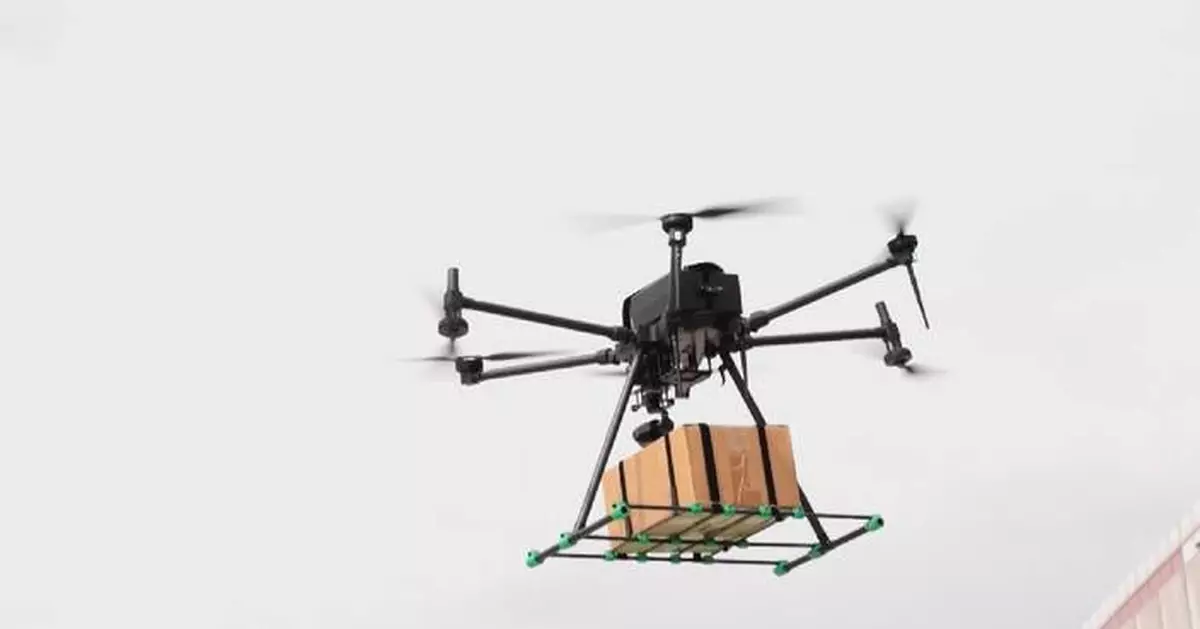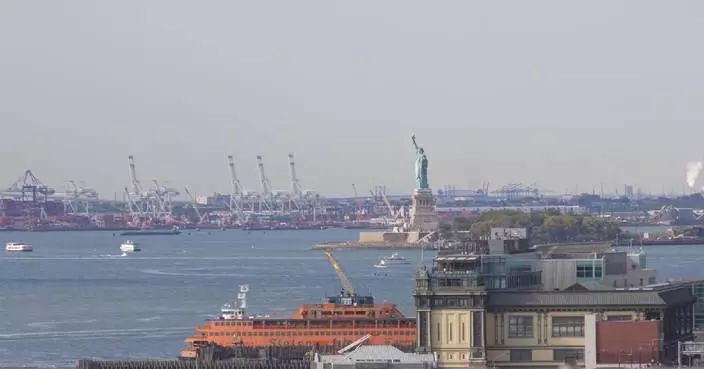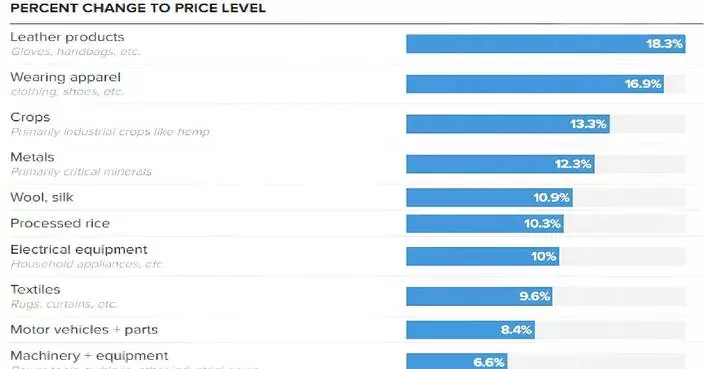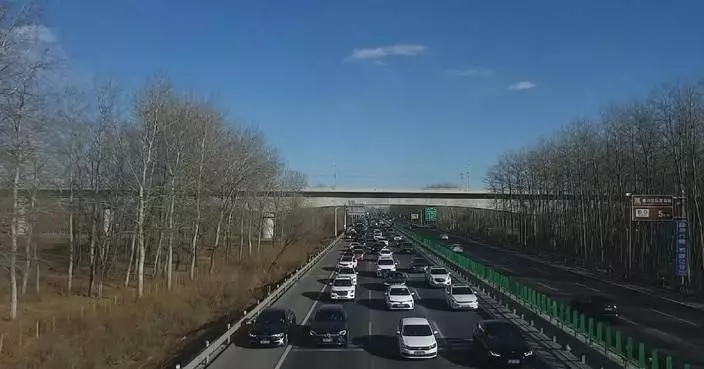China's low-altitude economy is entering a phase of rapid growth, offering people more excitement in the skies and bringing convenience through innovative aerial vehicle applications.
Various aerial vehicles are increasingly employed in China in more diversified scenarios.
In east China's Jiangsu Province, a domestically produced two-ton unmanned electric vertical take-off and landing (eVTOL) aircraft successfully completed a flight across a stretch of the Yangtze River in early August, with its highest speed at 200 kilometers per hour.
The cutting-edge "air taxi" service of eVTOL aircraft, developed by a Shanghai-based start-up named AutoFlight, is expected to gain traction as it can provide a viable and affordable transportation option for tourists and commuters.
In Wuxi City of the province, aerial routes offer a unique perspective of the scenic ancient canal, demonstrating the potential of low-altitude flights for tourism.
In Chengdu City of southwest China's Sichuan Province, a cross-border e-commerce imported goods package was delivered via drone from the comprehensive bonded zone to a customer in just two minutes.
The State Council has just issued a document on ideas to promote the high-quality development of service consumption, proposing to encourage the development of new business models such as low-altitude flight. This is undoubtedly a clear signal that will further enrich the "low-altitude plus" application scenarios.
In the first half of this year, China registered over 600,000 new drones, resulting in a 48-percent increase in the number of drones from the end of last year.
Currently, over 14,000 drone companies hold valid civil unmanned aircraft operation certificates, and over 225,000 people possess unmanned drone operator licenses.
Last year, the scale of China's low-altitude economy surpassed 500 billion yuan (around 70 billion U.S. dollars), with the first half of this year generating 300 billion yuan (around 42 billion U.S. dollars) in new output value. Its scale is expected to reach 2 trillion yuan (around 279 billion U.S. dollars) by 2030.
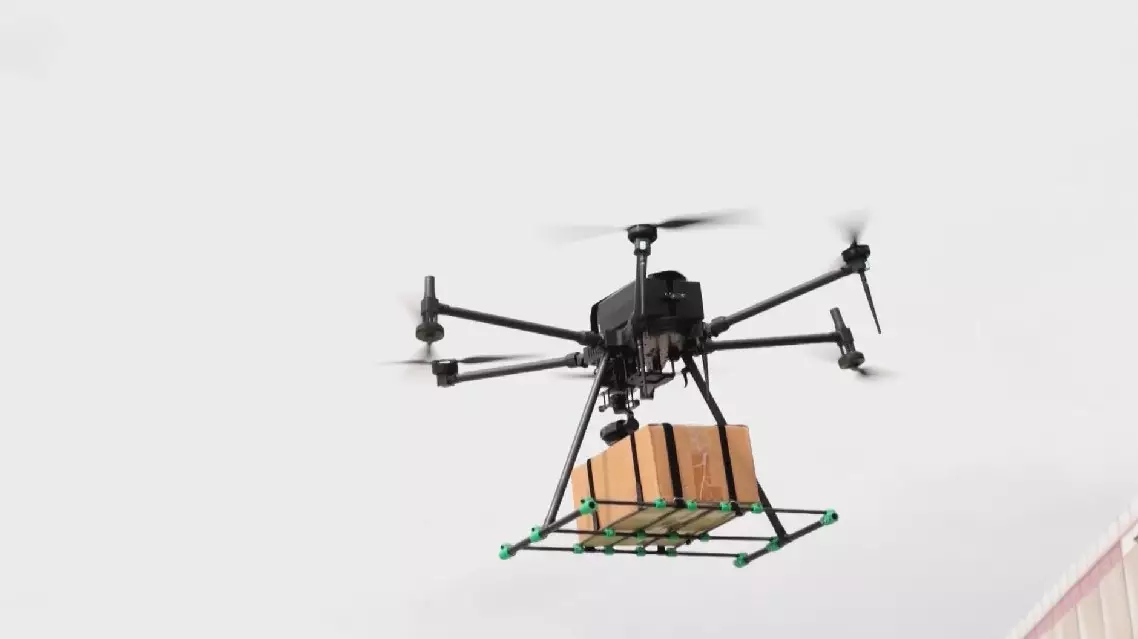
Booming low-altitude economy has more application scenarios
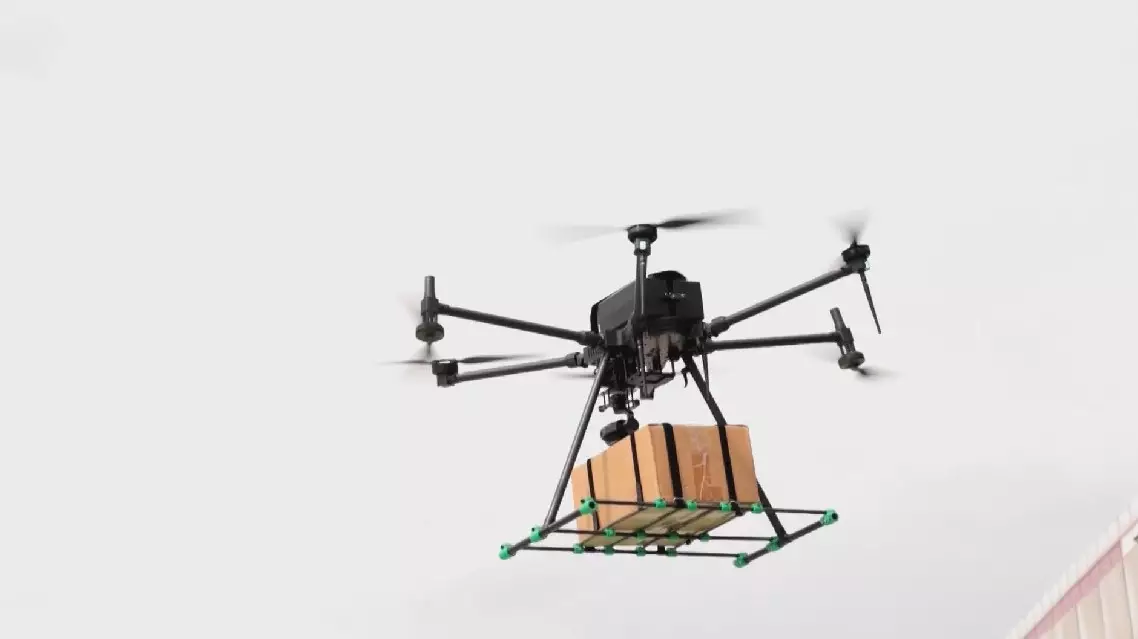
Booming low-altitude economy has more application scenarios


